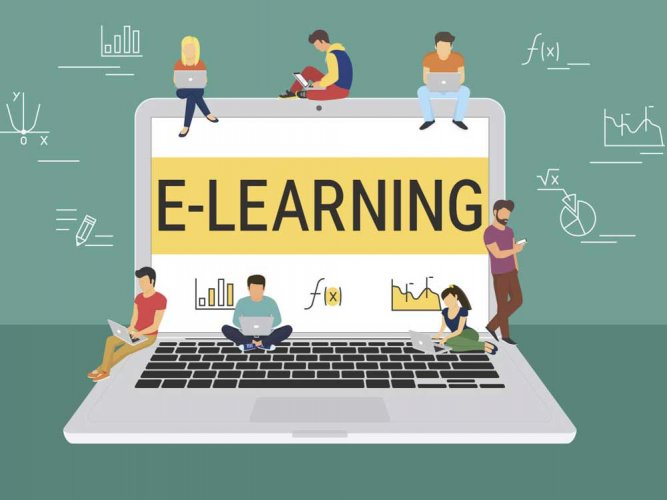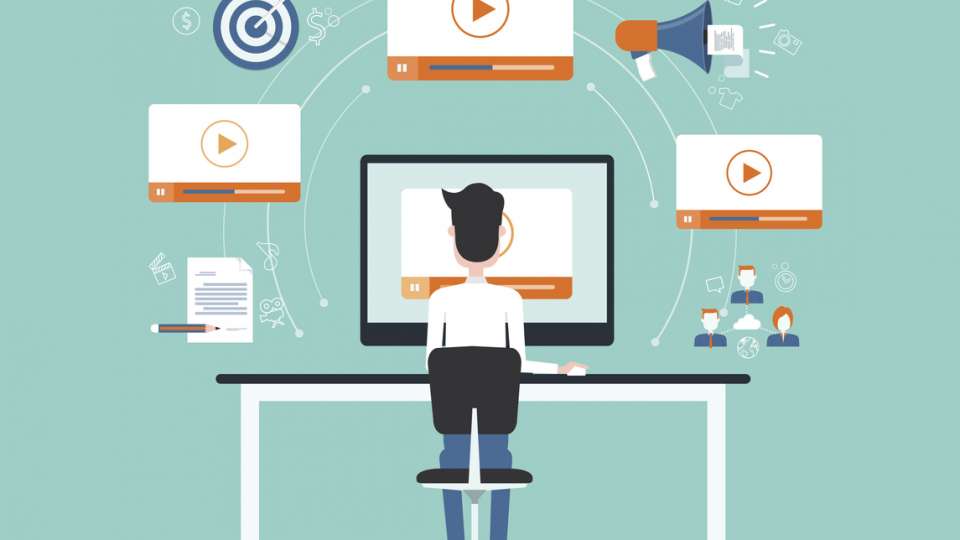-
The learners reached the information sources by enrolling with schools, teachers and libraries. Prior to the digital era, information was not accessible by the majority of people, and even those accessed were unable to obtain current information with respect to today’s context. The modern society wants to know the information as it happens and when it happens, and the world is moving from an information society to a knowledge society. Thus education is given the highest priority and brainpower is becoming the most valuable asset of an organisation. Advances in digital technology have opened up many avenues of learning. Technology has made information accessible / transmittable from anywhere and by / to all groups of people. Education has reached most parts of the world and ICT has become an integral part of human life. This paper describes the process of generation, creation and acquisition of knowledge through the technology. The use of ICT to manage and organise explicit knowledge is highlighted.
Read more
-
Was not possible until the teachers delivery mechanisms were aided with technology. Originally delivery mechanism was through verbal communication and then through the introduction of written media such as blackboards. Later through overhead projectors teachers were able to do the writing in advance and project them directly. Use of overhead transparencies allowed them to reuse written material but without improving them. With the events involving these institutions and well as some local and overseas institutions have already made use of this facility. Video conferencing facilities are also available in other places such as distant learning centre.
Read more
-
The potential benefits of DTC are that it can foster dialogic and emancipatory practice. – Dialogic practice is that in which students are active, engaged and empowered participants in a conversation from which learning emerges. For example, learners working on a maths modelling programme can start to have conversations about what they see on a computer screen without having to rely on terminology that they may not yet have (look at ‘that’, what happens if you do ‘this’?) The teacher can then add the appropriate language into the conversation as the project develops.
Read more
-
In education, it is vital to take into account the management structures. The management structures primarily are referred to the buildings, infrastructure, materials, equipment, technology, resources and finances. Besides these, it is essential to take into consideration the teaching-learning processes, classroom management, curriculum and the instructional methods, discipline and effective communication amongst the individuals. The educational institutions have the main aim of making provision of education to the students and leading to their growth and development. Besides making provision of quality education,it is important to take into consideration several areas, these are, making available proper extra-curricular and creative activities, materials to generate improvement in learning, technology, facilities, skilled and professional teachers and appropriate implementation of managerial functions of planning, organizing, controlling, leading, recruiting and directing.
Read more
-
Universalization of Elementary Education (UEE) is one of the most important goals of educational development in India since independence. Article 45 of the Directive Principles of State Policy is committed to ensure free and compulsory education for all. This did not get translated into action and school enrolments and participation remained low even after the decades since the country achieved its independence. Elementary education in rural India began to undergo transformations due to the new thrusts given by the government’s.
National Policy of Education, 1986 and the revised Program of Action, 1992. The main objective of these acts are to improve access, lead to a reduction in drop-outs and improve learning achievements for all children up to the age of six to fourteen years. Elementary education has been considered as a fundamental right by the 83rd Constitutional Amendment is expected to improve the enrolment in primary schools
Read more
-
Universalization of Elementary Education (UEE) is one of the most important goals of educational development in India since independence. Article 45 of the Directive Principles of State Policy is committed to ensure free and compulsory education for all. This did not get translated into action and school enrolments and participation remained low even after the decades since the country achieved its independence. Elementary education in rural India began to undergo transformations due to the new thrusts given by the government’s.
National Policy of Education, 1986 and the revised Program of Action, 1992. The main objective of these acts are to improve access, lead to a reduction in drop-outs and improve learning achievements for all children up to the age of six to fourteen years. Elementary education has been considered as a fundamental right by the 83rd Constitutional Amendment is expected to improve the enrolment in primary schools
Read more
-
The learners reached the information sources by enrolling with schools, teachers and libraries. Prior to the digital era, information was not accessible by the majority of people, and even those accessed were unable to obtain current information with respect to today’s context. The modern society wants to know the information as it happens and when it happens, and the world is moving from an information society to a knowledge society. Thus education is given the highest priority and brainpower is becoming the most valuable asset of an organisation. Advances in digital technology have opened up many avenues of learning. Technology has made information accessible / transmittable from anywhere and by / to all groups of people. Education has reached most parts of the world and ICT has become an integral part of human life. This paper describes the process of generation, creation and acquisition of knowledge through the technology. The use of ICT to manage and organise explicit knowledge is highlighted.
Read more
-
Was not possible until the teachers delivery mechanisms were aided with technology. Originally delivery mechanism was through verbal communication and then through the introduction of written media such as blackboards. Later through overhead projectors teachers were able to do the writing in advance and project them directly. Use of overhead transparencies allowed them to reuse written material but without improving them. With the events involving these institutions and well as some local and overseas institutions have already made use of this facility. Video conferencing facilities are also available in other places such as distant learning centre.
Read more
-
The potential benefits of DTC are that it can foster dialogic and emancipatory practice. – Dialogic practice is that in which students are active, engaged and empowered participants in a conversation from which learning emerges. For example, learners working on a maths modelling programme can start to have conversations about what they see on a computer screen without having to rely on terminology that they may not yet have (look at ‘that’, what happens if you do ‘this’?) The teacher can then add the appropriate language into the conversation as the project develops.
Read more
-
In education, it is vital to take into account the management structures. The management structures primarily are referred to the buildings, infrastructure, materials, equipment, technology, resources and finances. Besides these, it is essential to take into consideration the teaching-learning processes, classroom management, curriculum and the instructional methods, discipline and effective communication amongst the individuals. The educational institutions have the main aim of making provision of education to the students and leading to their growth and development. Besides making provision of quality education,it is important to take into consideration several areas, these are, making available proper extra-curricular and creative activities, materials to generate improvement in learning, technology, facilities, skilled and professional teachers and appropriate implementation of managerial functions of planning, organizing, controlling, leading, recruiting and directing.
Read more
-
Universalization of Elementary Education (UEE) is one of the most important goals of educational development in India since independence. Article 45 of the Directive Principles of State Policy is committed to ensure free and compulsory education for all. This did not get translated into action and school enrolments and participation remained low even after the decades since the country achieved its independence. Elementary education in rural India began to undergo transformations due to the new thrusts given by the government’s.
National Policy of Education, 1986 and the revised Program of Action, 1992. The main objective of these acts are to improve access, lead to a reduction in drop-outs and improve learning achievements for all children up to the age of six to fourteen years. Elementary education has been considered as a fundamental right by the 83rd Constitutional Amendment is expected to improve the enrolment in primary schools
Read more
-
Universalization of Elementary Education (UEE) is one of the most important goals of educational development in India since independence. Article 45 of the Directive Principles of State Policy is committed to ensure free and compulsory education for all. This did not get translated into action and school enrolments and participation remained low even after the decades since the country achieved its independence. Elementary education in rural India began to undergo transformations due to the new thrusts given by the government’s.
National Policy of Education, 1986 and the revised Program of Action, 1992. The main objective of these acts are to improve access, lead to a reduction in drop-outs and improve learning achievements for all children up to the age of six to fourteen years. Elementary education has been considered as a fundamental right by the 83rd Constitutional Amendment is expected to improve the enrolment in primary schools
Read more









